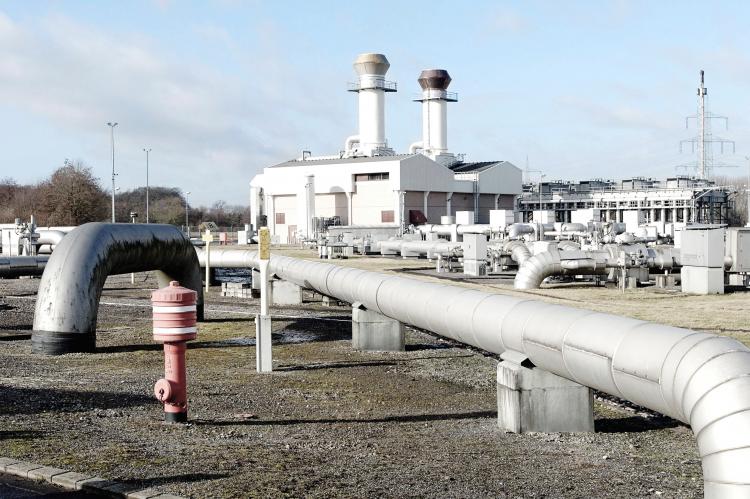The Integral DVGW safety concept for construction, operation and maintenance of high-pressure gas pipelines

The construction, operation and maintenance of high-pressure gas pipelines require conscientious planning and execution, taking numerous aspects into account. The focus must always be on ensuring that the surrounding is not impaired and that the safety of people and the environment is not endangered. In order to guarantee this, the DVGW rules and regulations form an integral safety concept, which is in a continuous adaptation process, so that it can be ensured that the pipelines correspond to the state of the art.
DVGW regulations define state of the art for high-pressure gas pipelines.
According to the Ordinance on High Pressure Gas Pipelines (GasHDrLtgV), high pressure gas pipelines for the transport of natural gas at pressures above 16 bar in Germany must be constructed and operated in such a way that they do not impair the safety of the surroundings and do not have a harmful effect on people and the environment [1]. Section 2 of the GasHDrLtgV assumes that construction and operation are state of the art if the rules and regulations of the German Gas and Water Association (DVGW) are observed. The state of the art required for this is anchored in the DVGW regulations, in particular in DVGW Codes of Practice G 463 and G 466-1 [2, 3]. These two Codes of Practice describe the construction, operation and maintenance of high-pressure gas pipelines in detail.
In the course of the regular revision, the safety philosophy of the DVGW regulations and the corresponding technical regulations were adapted in various project groups to the state of the art for high-pressure gas pipelines for transporting natural gas at pressures above 16 bar. The overall process of transporting gaseous natural gas through underground high-pressure gas pipelines was considered, i.e. from route planning, construction, operation and maintenance. In some cases, the project groups - e.g. for technical safety - were staffed on an interdisciplinary basis by:
- Legislation - Federal Ministry of Economics and Energy (BMWi)
- Enforcement Agency - Energy supervision authorities of the federal states, Bavaria, NRW, Saxony
- Experts – DVGW, TÜV Nord
- Science - Universities, KIT-Karlsruhe, TU Clausthal
- Rule Setters – AfR, DVGW
- Federal Agency - Federal Institute for Materials Research and Testing (BAM)
During the revision, the corresponding DVGW codes of practice were adapted to the state of the art for high-pressure gas pipelines. Additional international standards and national codes such as the Technical Rules for Pipelines [4] were also taken into account. Furthermore, past incidents and events as well as current findings from the point of view of safety engineering were taken into account. Even though the quality of pipeline construction and operation is today extraordinarily high due to the continuous technical progress in the manufacturing and testing procedures and the fact that DVGW rules and regulations describe the safety requirements for the construction, operation and maintenance of high-pressure gas pipelines very comprehensively and concretely, the requirements are to be specified in more detail and more bindingly as far as reasonable.
Since the large number of technical specifications and preventive safety measures in the DVGW Standards and Codes of Practice are not marked as risk-reducing measures for the protection of man and the environment and are therefore not immediately recognisable to the layperson, because they are directly integrated into the process concept, the holistic DVGW safety concept will be explained in more detail here.
